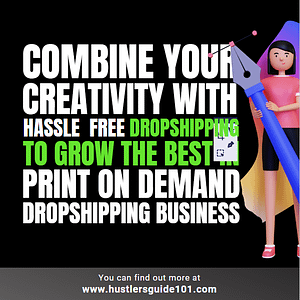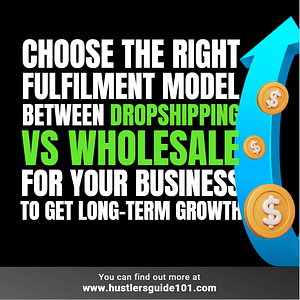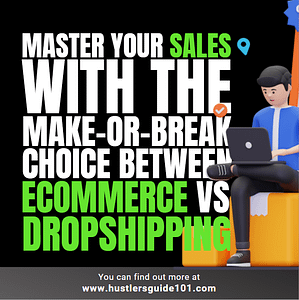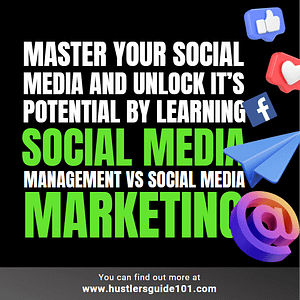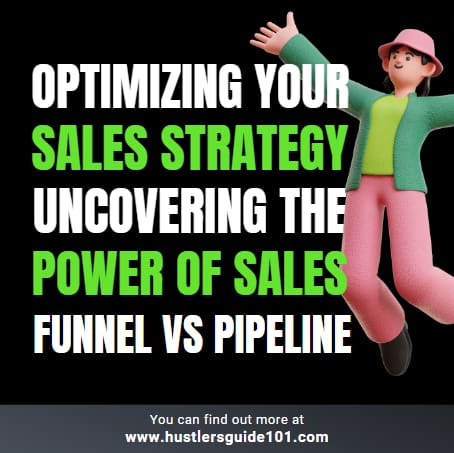
Sales funnels and pipelines are two vital concepts in any business playbook. Yet, despite their importance, these terms are often used interchangeably, causing confusion and hindering sales effectiveness. Fear not, brave entrepreneur! This blog serves as your ultimate guide, dissecting the nuances of both strategies and empowering you to choose the right one for your business success.
Let me give you a short, clear difference between the sales funnel vs pipeline. A sales funnel represents the buyer’s journey from initial awareness to final purchase, while a sales pipeline tracks the progress of individual deals. By aligning these two methodologies, businesses can gain a comprehensive view of their sales process, identify bottlenecks, and improve their overall sales performance.
I will explore their characteristics, benefits, and how to leverage them effectively. Whether a small startup or a well-established enterprise, optimizing your sales strategy with these powerful tools can help you close more deals and increase customer retention. Get ready to revolutionize your sales approach and achieve exceptional success.
What Is Sales Pipeline?
As the name suggests, sales pipelines are like pipes with distinct steps flowing with the flow. It’s a structured system for managing individual potential deals, tracking their progress through various stages, and forecasting revenue. Each stage represents a distinct step while flowing in sequence.
The stages include:
- Lead Qualification: This is the top of the pipe from where leads enter into the pipeline. Assess the potential and fit of each lead, separating promising prospects from unqualified ones.
- Initial Meeting: It’s a ‘Do I need it? Stage. Establish a connection, understand your lead’s needs, and present your solution’s value proposition.
- Proposal/Quote: The lead is hooked. Now, tailor a solution based on their specific requirements and provide a formal offer.
- Negotiation: Address concerns, refine the offer, and work towards mutually beneficial terms.
- Close/Win: Finalize the deal, secure the sale, and celebrate the victory!
According to the Harvard Business Review, businesses who manage their sales pipeline will see an average 15% improvement in growth. So, Discover techniques for optimizing each stage, maximizing conversions, and streamlining your sales flow.
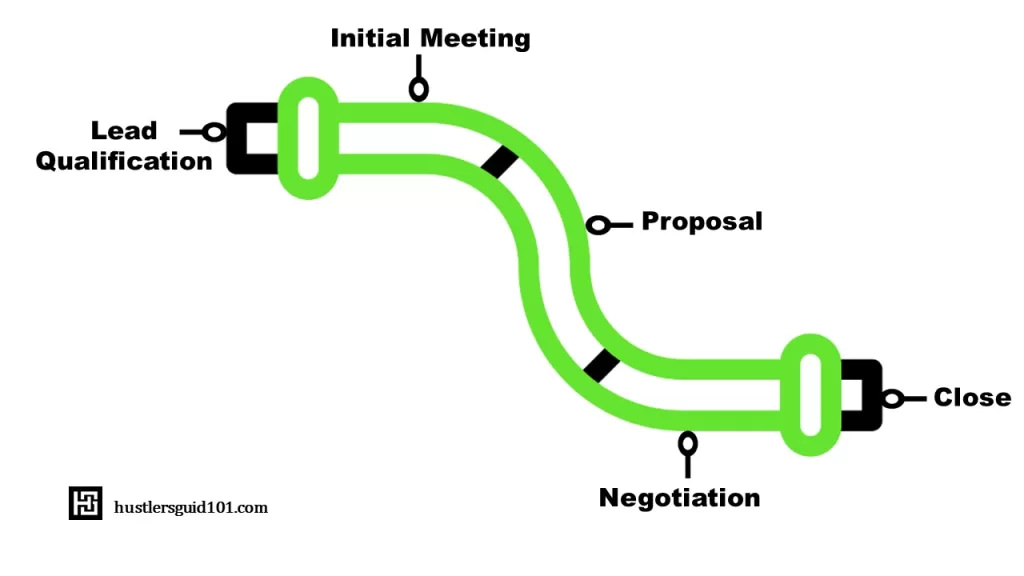
What Is Sales Funnel?
Just as its name suggests, a sales funnel is like a funnel in which multiple leads enter from the top, but only a few make it to the bottom. A sales funnel is a graphic representation of a potential client’s process to become a devoted supporter of your business, starting with their first knowledge of it. Every phase of the funnel centers on certain behaviors intended to advance the user toward the ultimate conversion.
The stages of the sales funnel are broken down as follows:
- Awareness: It’s the top of the funnel where several leads enter the funnel. Take this chance to Introduce your brand and spark interest through content marketing, social media engagement, or targeted advertising.
- Interest: Educate and nurture potential leads with valuable content, establish your expertise, and build trust.
- Decision: Offer compelling propositions, address concerns, and guide them toward choosing your product or service. Simply, Show off!
- Action: Facilitate the purchase with a seamless buying experience, clear calls to action, and enticing offers.
- Advocacy: Cultivate long-term relationships, encourage positive reviews, and turn satisfied customers into brand ambassadors. You nailed it!
A report by GITNUX claims that 95% of customers select a company with enough content. However, 96% of visitors are not ready to make a purchase. It’s a pretty big percentage! To stay ahead of everyone in the race to produce quality content, check out Which Content Is Appropriate For Visitors In Sales Funnel and win the race!
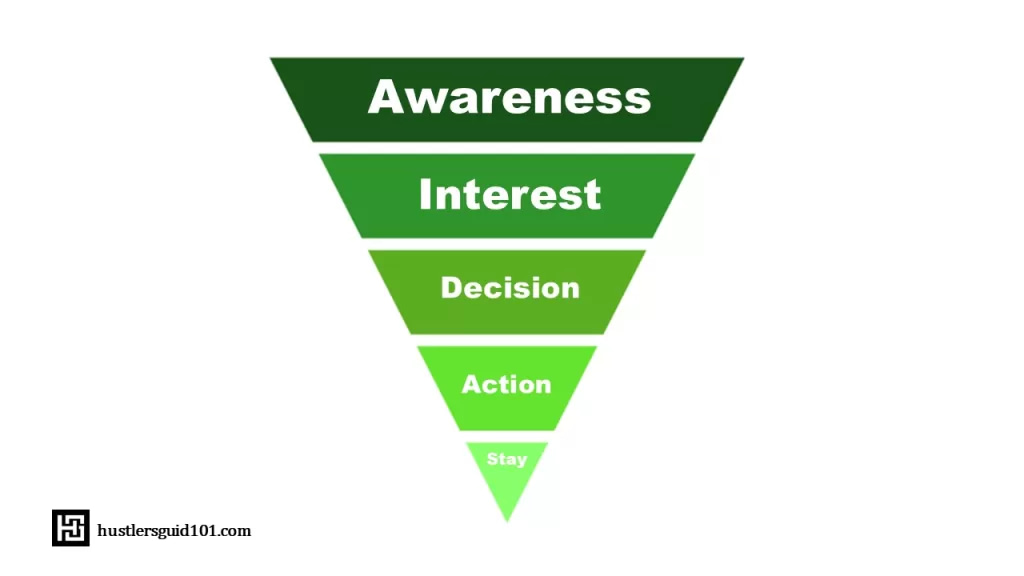
Do you know the difference between a sales funnel and a marketing funnel? Well, now you can with ease.
How Sales Funnel Differ From Pipeline
As I mentioned earlier, a sales pipeline is like a pipe through which customers flow. You might have heard when a sales representative says, “A lead is stuck in the pipeline,” it indicates that they recognize that a prospect requires a little encouragement to go to the next level. It may be a proposition or a way to start talking.
However, the sales funnel’s steps indicate how successfully or unsuccessfully a prospect converts from initial contact to decision-making, so the customer doesn’t actually “get stuck” in it. Enough to understand? Clear enough? No. I have broken down some main differences that will further clear your confusion.
Perspective:
Perspective is a very important distinction in sales funnel vs pipeline. The sales pipeline is the sales representative’s perspective on deals and the steps required to bring them to a close, which is found in their pipeline. A sales funnel, however, represents the customer’s path from awareness to choice from the customer’s point of view.
Flow Model:
A sales pipeline is a linear model that follows prospective customers from their first point of contact to their eventual purchase. The consumer can only go forward in this model but never go backward. You can remember this by the notoriously famous quote, ‘First impression is the last impression.’ A sales representative can never make a first impression twice.
A pipeline funnel, on the other hand, is more adaptable as it uses a non-linear model that takes into account variations in the degree of commitment and interest from potential clients. Thanks to the non-linear flow, the prospect’s trip might continue for months or years. They alternate between awareness, curiosity, and assessment during this period until they make a buy.
Tracking and Analysis:
Pipeline reports enable sellers to monitor each transaction’s progress and determine whether their deal distribution suits their sales goals.
Sales leaders may estimate sales based on current lead volume and identify areas where transactions are stalled with a sales funnel report. This allows them to make process improvements and provide better coaching to their team members.
Thus, keep this in mind when comparing a funnel with a pipeline. A funnel tracks conversion rates as it moves through the sales process, but a pipeline records the actions a seller does along the process.
Customization:
The best part about sales pipelines is that they can be customized to fit the specific needs of a given sales rep. This feature does not apply to sales since they are more general in nature. A sales representative can change some steps in a customer’s trip. A sales representative can extend the stages of their pipeline to suit their customer and sales process better.
Conversely, sales funnels are immutable; the buyer’s journey phases are predetermined and must be completed regardless of circumstances. Ultimately, the option between employing a sales pipeline or a sales funnel relies on the demands of the particular team.
| Attributes | Sales Funnel | Sales Pipeline |
| Flow | Linear flow | Non-linear Flow |
| Tracking | Tracks lead conversion at each stage separately | Tracks active leads at various pipeline stages |
| Analysis | Analyze the efficiency of lead generation efforts | Analyze the quality of leads driven to the pipeline |
| Customization | Can not be customized | Can be customized |
| Aim | Activities | Performance |
| Perspective | Customer’s perspective | Sales representative’s perspective |
Do you know the difference between sales funnel vs marketing funnel? If not, you now have the chance to know in detail.
Which One Is For You In Sales Funnel Vs Pipeline
It’s important to consider whether combining both options or just one would be better for your sales approach. Your decision will be based on the requirements of your sales process.
Sales Channel is perfect for companies wanting to grow their brand recognition, draw in new leads, and guide prospects through purchasing. A funnel, however, can better match your team if your business concentrates on B2C or you have a shorter B2B sales cycle.
Pro Tip: By concentrating on conversion rate, team members can better recognize and resolve issues and develop a success indicator for every funnel level. Businesses with seasoned sales teams that manage individual transactions monitor progress, and project income would find Sales Pipeline ideal.
A sales pipeline helps companies with high-value items that need a convoluted purchasing procedure to work more efficiently. With a pipeline, new sales representatives may follow possibilities that can take longer to advance and rapidly learn your sales strategy. Shortly, this frequently affects B2B sales, complicated goods or services, and outbound sales tactics.
Using Sales Funnel And Pipeline Together
When you can have both options, why pick just one? Remember that these ideas are not exclusive of one another. They can collaborate amicably. I recommend combining a sales funnel with a sales pipeline for long-term, sustainable sales management.
Offer perceptive data:
Combined, they provide insightful information about improving your sales efforts’ conversion and close rates. Using both sales representations, the sales team may determine whether your sales process requires more or fewer stages.
Some tools might modify the sales process to incorporate additional steps, including identifying decision-makers, evaluating bids, conducting product demos, and scheduling more meetings with leads.
Better analysis and calculations:
Analyzing your pipeline data, possibly with the help of a sales commission calculator, can help you get a better understanding of timescales.
However, sales funnels can provide you with worthwhile information on the ROI (Return on Investment) of your marketing effort. You can adjust your marketing tactics for each lead category by having a thorough understanding of the different kinds of sales leads that come into your funnel. As a result of which your entire sales process may be optimized just the way it should be.
Let the Tools do your job:
I know you must be wondering how to connect a sales funnel with a sales pipeline. You may simplify the process by using a sales CRM. The integrated lead generation tracker automates the pipeline’s lead flow.
Additionally, you may monitor growth, keep an eye on performance at every level of the funnel, and modify the sales process as necessary. As simple as it is!
Use a sales tool to get precise, comprehensive data about your leads and prospects first. I have a tool for you. The best tool for anyone searching for quick and easy ways to connect with other experts over the phone is EasyLeadz. It is a platform for B2B sales intelligence that aids companies in locating and establishing connections with new clients.
If you’re interested in building a B2B sales funnel for your business, check How To Build A B2B SaaS Sales Funnel.
Pitfalls With Sales Funnels And Pipelines
‘To error is human’. But some mistakes can cost you billions of dollars. Whether your business is small or large, make sure you don’t make the following mistakes. Watch Out!
Sales Funnel Mistakes:
- Focusing only on top-of-funnel activities: While attracting leads is important, neglecting to nurture and convert them leads to missed opportunities. Adopt a balanced and smooth approach throughout the funnel.
- Having a confusing or leaky funnel: Complicated steps, unclear calls to action, or poor mobile optimization can hinder progress. Design a user-friendly experience with logical progression.
- Not personalizing the journey: Generic messaging across the funnel ignores individual needs and preferences. Segment your audience and tailor messaging for greater impact.
- Not tracking and analyzing data: Ignoring valuable insights from analytics deprives you of opportunities to optimize and improve your funnel’s performance. Regularly monitor key metrics and adapt accordingly.
- Neglecting long-term customer relationships: Focusing solely on immediate conversions overlooks the potential of repeat business and advocacy. Integrate retention strategies for sustainable growth.
Sales Pipeline Mistakes:
- Not qualifying leads properly: Wasting time and resources on unqualified leads slows the sales process. Establish clear criteria to identify promising prospects early on.
- Lack of communication and collaboration: Silos between marketing and sales teams can create friction and hinder efficient lead handoff. Foster communication and transparency for smoother flow.
- Inefficient pipeline management: Manual processes and outdated software can lead to errors and missed opportunities. Utilize relevant tools for streamlined management and visibility.
- Focusing solely on activity, not conversions: Tracking calls made or emails sent alone doesn’t guarantee progress. Align activity with measurable outcomes like conversion rates and close rates.
- Ignoring bottlenecks and delays: Unidentified bottlenecks can stall deals and impact sales velocity. Regularly review your pipeline for potential roadblocks and implement solutions for smoother progression.
Bonus Tip: Treating funnel and pipeline as separate entities creates a disjointed experience for leads and hinders overall effectiveness. Optimize the handoff between funnel and pipeline for a seamless journey.
Need to Know? Sales Funnels VS Pipelines
What are some common mistakes businesses make with sales funnels and pipelines?
Businesses often stumble with these tools, neglecting lead nurturing, personalization, and data analysis in funnels, while pipelines suffer from poor qualification, communication gaps, and activity-over-focus.
Optimize, integrate, and watch your customer journey flow toward sustainable growth. Remember, it’s about attracting, converting, and retaining, not just activity or initial wins.
Can I use a marketing automation platform to manage my sales funnel and pipeline?
Yes! but it depends on your chosen platform’s specific features and capabilities. Features, Integrations, Scalability, and Budget are the top factors you must consider.
How do I get things moving again when the pipeline is stalled?
Here are some steps. Identify bottlenecks by analyzing sales stages, deal velocity, and win/loss rates. Refine lead qualification, address communication gaps, and utilize tools for efficient management.
Focus on activity with conversion goals, tackle delays, and streamline the funnel-pipeline handoff. Remember, it’s about progress, not just activity. Take action, optimize, and watch your deals flow again!
Wrapping up: Sales Funnel VS Pipeline
Remember that your own company objectives, target market, and sales plan determine the best course of action. Understanding each tool’s primary function and using their synergies can help you create a strong sales ecosystem that will draw in, convert, and hold onto loyal customers while advancing your company’s performance over the long term.
To acquire and nurture leads, use a sales funnel. Then, when the leads are ready for conversion, easily include them in your sales pipeline for personalized deal management. I hope the sales funnel vs pipeline is clear enough.




